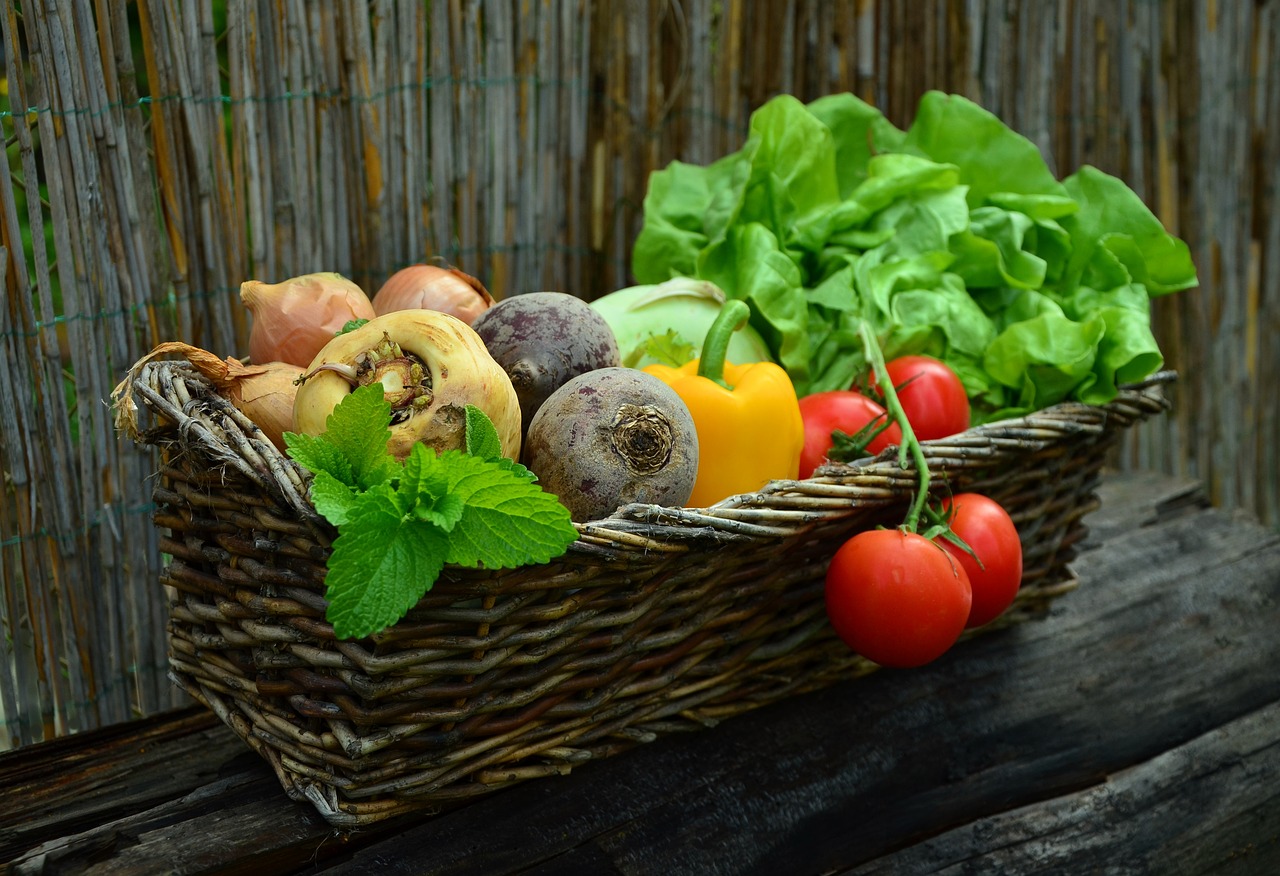
Growing your own vegetables is a rewarding experience that connects you to your food and provides a sense of accomplishment. It's also a great way to save money and eat healthier. But if you're a beginner, it can be daunting to know where to start. Don't worry, this guide will walk you through the basics of vegetable gardening and provide you with tips to ensure your first foray into the soil is a success.
1. Start Small and Focus on Easy-to-Grow Veggies
Don't try to grow everything at once. Instead, start with a few beginner-friendly vegetables that are easy to care for and have a high success rate. Some good options include:
These vegetables grow quickly, take up minimal space, and are relatively pest-resistant.
2. Pick the Right Spot
Most vegetables need at least 6-8 hours of direct sunlight per day. Choose a well-drained area to avoid waterlogging. If your soil is poor or rocky, consider raised beds.
3. Prep Your Soil
Healthy soil is essential for healthy plants. Amend your soil with compost or manure a few weeks before planting to improve drainage and nutrient content. You can also test your soil's pH level and add lime or sulfur if necessary.
4. Choose Between Seeds or Seedlings
Starting from seeds is more cost-effective, but it requires more care and attention. Seedlings are a good option for beginners because they give you a head start on the growing season. You can find seedlings at your local nursery or garden center.
5. Planting and Spacing
Follow the instructions on the seed packet or seedling label for proper planting depth and spacing. Don't overcrowd your plants, as this can restrict growth and airflow, inviting pests and diseases.
6. Watering and Weeding
Water your plants regularly, especially during hot weather, but avoid overwatering. Keep weeds in check to prevent them from competing with your plants for resources.
7. Understand Common Pests and Diseases
Learn about common pests and diseases in your area and be prepared to deal with them organically if possible. Simple methods like handpicking insects, using row covers, and encouraging beneficial insects can often suffice.
8. Don't Be Afraid to Experiment
As you gain confidence, try new vegetables and techniques. Gardening is a continuous learning process, so embrace the trial and error!
Bonus Tips:
With a little planning and effort, you can enjoy the fruits (and vegetables) of your labor all season long. So get your hands dirty, have fun, and reap the rewards of growing your own food!
I hope this article has been helpful. If you have any questions, please feel free to leave a comment below.
Happy gardening!
Your email address will not be published. Required fields are marked *



















.jpg)


